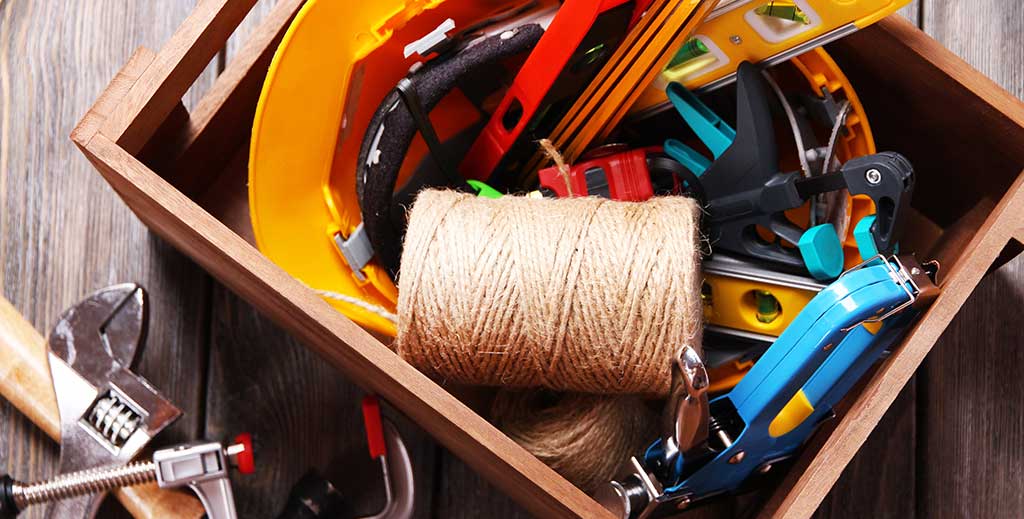Toolbox Talk: Wet Weather
“Wet Weather Safety”
Given the level of occupational hazards in our workplace during normal weather, wet and rainy weather is bound to dramatically increase the risk of accidents.
A good spell of rain lasting only 30 minutes is enough to create several puddles and make the ground slippery rendering it unstable.
All the mud and slush can seriously jeopardize health and safety of workers.
Wet Weather Hazards
Rains increase the occurrence of loss and near loss incidents at work sites because all the moisture leads to:
• Development of slippery surfaces.
• Reduced grip on tools.
• A high probability of wet electrical cables becoming live.
• Overflow of sewage systems.
• Caving in of the dugout surface.
• Strong winds which can loosen scaffolds, destabilize cranes and other heavy machinery, and make objects fly around.
• Lightning strikes.
• Excessively cold weather which causes general discomfort, distraction and numbness of hands and feet thereby slowing down the pace of work.
Working Safely
It is critical that all present on and off site be extra careful when it rains. Working smart can ensure loss prevention.
• Wear high visibility waterproof protective gear including jackets, trousers, helmets and safety shoes/boots with anti-slip soles.
• Encourage working in pairs so one person can identify distress signs as and when they develop.
• Advocate the benefits of eating healthy, especially on wet cold days.
• Pay attention to weather induced medical conditions
• Halt outdoor risky activities until the weather clears
• Place appropriate warning signs and cones, especially near potholes, excavated areas, electrical transformers and incomplete structures.
• Follow strict safety measures.
• Stay safe on the roadways and always use caution when driving in inclement weather conditions.
“The key is not to prioritize what’s on your schedule, but to schedule your priorities.” Stephen R. Covey
Thanks, TO



